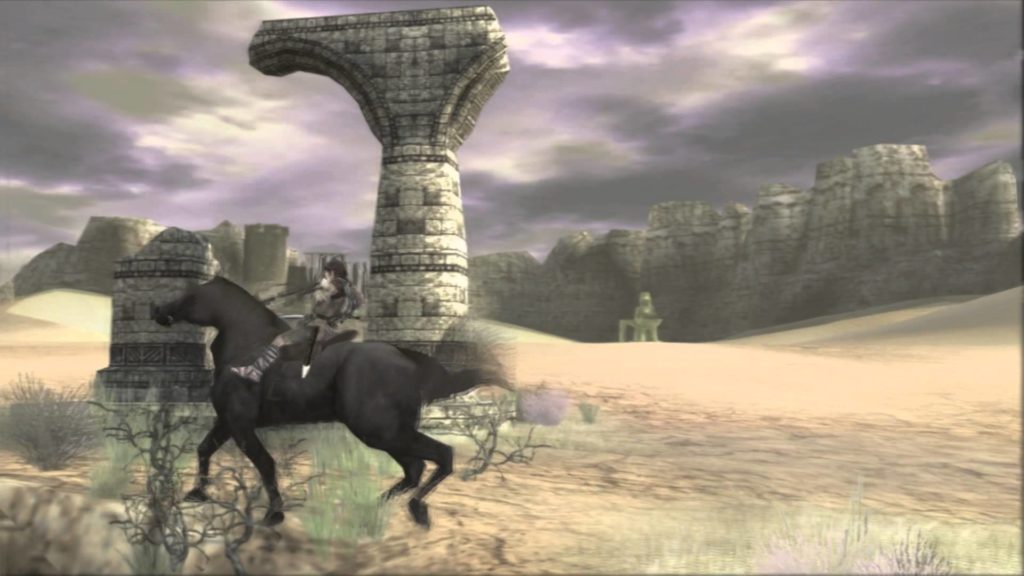Video Gamer is reader-supported. When you buy through links on our site, we may earn an affiliate commission. Prices subject to change. Learn more
The pixelated blood of the early Resident Evil games, that ruby-hued gelatin burst, still purls in the veins of my imagination. In part, this is because of what it meant: a fleeting sense of calm, mauled by the molars of a zombified policeman; Claire’s defiant gait, reduced to a grimacing limp; and my priorities, realigning from crank handles to first aid sprays. Such fear could be conjured by the crude red squares.
And that is the other reason it still holds residence in my mind: it had to. The spluttering power of the PlayStation needed to be met halfway by my own terror. It wasn't as if, even back then, I thought I was watching life rendered before me with flawless fidelity; it was just that the edges of graphical limitation were a shadowy playground for our heads to play in. But as the tidal erasure of old tech churns on, and new waves of hardware crash over our heads, the need for imagination has receded.
In a recent interview with The Guardian, Bethesda executive Todd Howard said something wonderful: ‘We [also] get asked a lot to remaster [1997’s] Fallout 1, and I usually say, if you have a PC you can play Fallout the way it was.’ The way it was. The loveliness of the sentiment is tinged with sadness, for the greater challenge, in every gamer's heart, is getting back to the way we were. This is why, though you'll find me in fits of hysteria at the prospect of the old rekindled with the new, you'll also find me immersed in the PlayStation 2 section of my local CEX, seeking refuge from the epoch of the remaster in which we all live.

To be clear, these are not remakes. Extremely rare is the true remake: an elusive tincture of verve and veritas – the familiarity of our nostalgia burnished just so with graphical gilding, its design neither straying too far from, nor staying too close to our memory. These ground-up affairs are wrought from fresh code, under the curatorial eye of zealous designers diagnosed with a potent case of nostalgia – the Crash Bandicoot N. Sane Trilogy for instance, or the magnum opus of remakes, 2002's Resident Evil.
The nexus of wild variables in that game's success made a master vintner of Capcom: Just the right length of time, the right game and platform, the right growing methods, and the right technology, wielded like a weapon. Since then, the company has become the custodian of its own crypt, ferrying a wide swathe of its titles over five generational divides. Most come bearing the badge of ‘HD’ – rarely more than an embalming of up-renders and Trophy support – and herald their own special tyranny.
Most remasters fall prey to the mistaken assumption that unrelenting technological improvement signals only the upward surge of art. What then of the silvery beauty of black-and-white films? The mind recoils at the lurid lacquer applied to Casablanca when it was colourised, and similarly at the brutish touch of some 'remasters.' Think of the fog in the Silent Hill HD Collection, its cotton-wool thickness thinned to watery whisps. Or the matte-finish murk of Resident Evil HD, its darkness invaded by glutinous gamma. These old masters need the lights to stay low. They need limitation, not illumination.

Even in the light of day, lack of detail can be a painterly stroke, as was the case in last year's Shadow of the Colossus. Bluepoint bolted entirely new assets onto GenDESIGN's original code, a painstaking effort of pinpoint accuracy. But the glorious gaps in the original game – cross-hatched pools of graphite shadow and smudged obelisks looming in the mist – are now brought into crystalline focus. The game's expressionistic blur became fine-grained detail, with nothing left to interpretation.
These remasters speak to the mimetic urge in us all, to copy the past, to somehow get back there and wallow in lost time. It's this desire that leads us astray, producing all manner of snake oil for the nostalgic itch: the dullness of digital, co-opted by the likes of Logan Noir and Mad Max: Fury Road – Black and Chrome Edition, fails to capture the soft-grain halations of classic black-and-white. Recently, the ‘demastered’ mode for Yooka-Laylee, which saw the game festooned with faux-chunky N64 polygons, was a gimcrack attempt to recapture the past.
It comes down to faithfulness. The best remasters are the ones that remain faithful to the imperfections of the past. The great untruth so often crooned goes something like this: it looks the way you remember it. Not so! The way we remember it is, as Todd Howard so wonderfully pointed out, the way it was. And the way to recapture the past is not to dust off the imperfections of these old classics. It’s to dust off the imagination, along with your old consoles.

